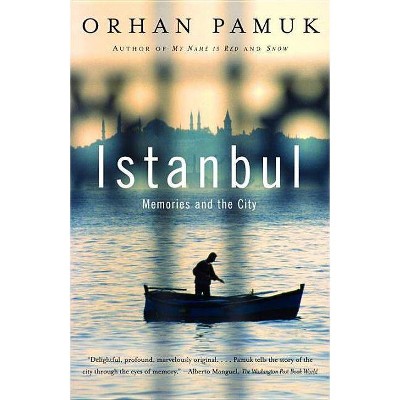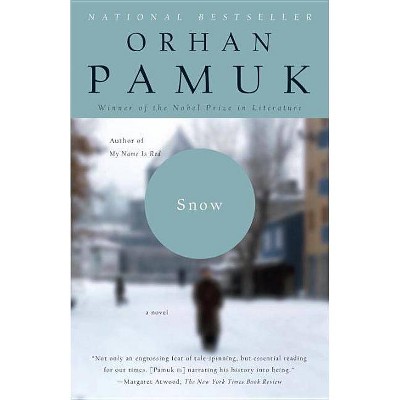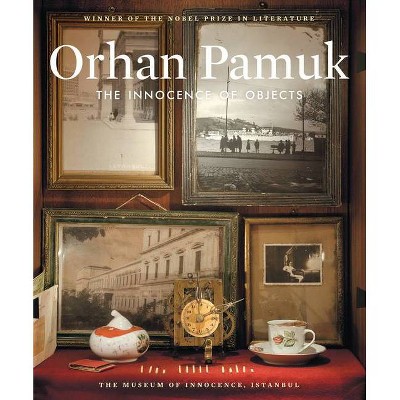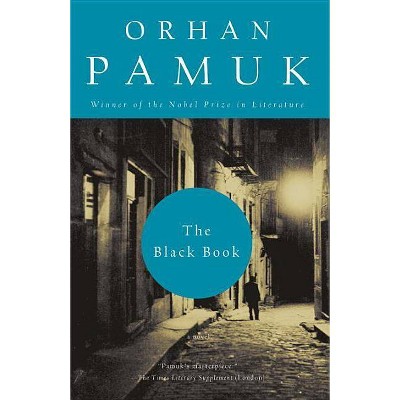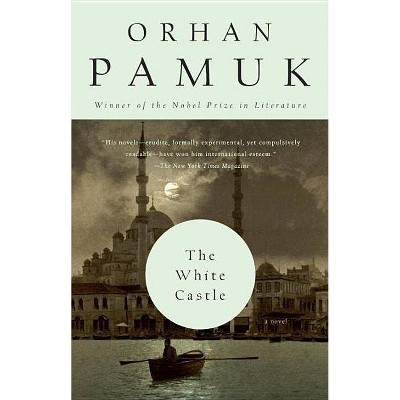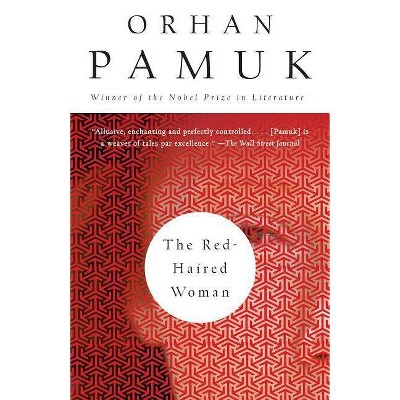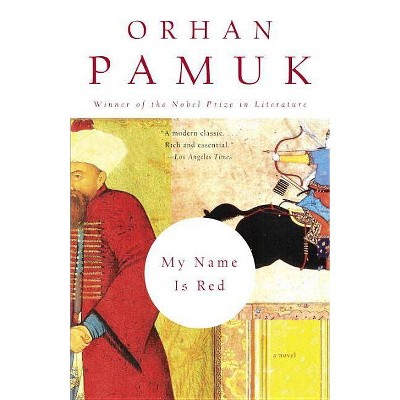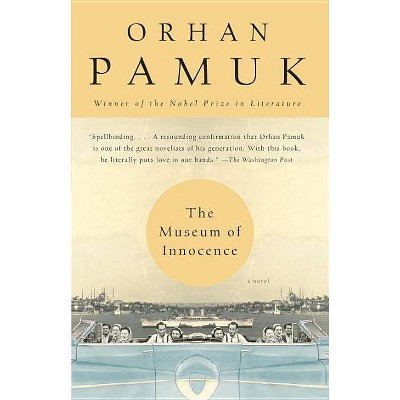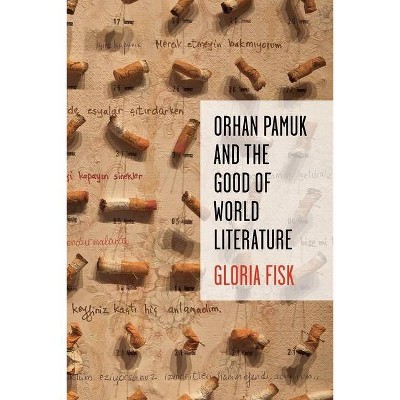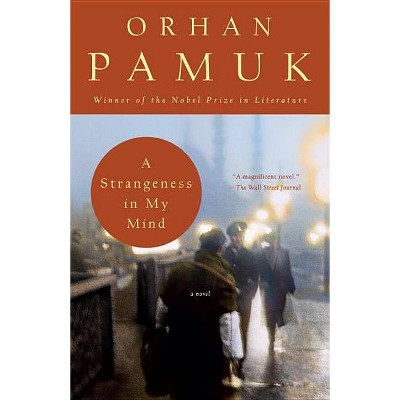Orhan Pamuk: Balkon - (Hardcover)
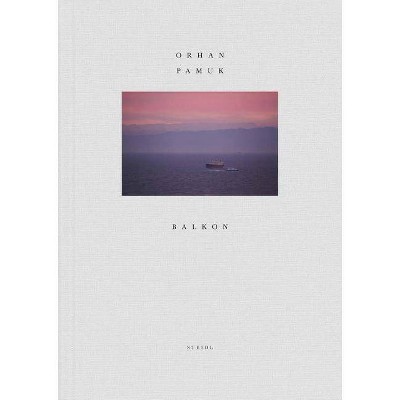
Similar Products
Products of same category from the store
AllProduct info
<p/><br></br><p><b> Book Synopsis </b></p></br></br><p><strong>Istanbul panoramas from the author of <i>My Name Is Red</i></strong></p><p>In the winter of 2011 Nobel Prize-winning Turkish novelist Orhan Pamuk took 8,500 color photographs from his balcony with its panoramic view of Istanbul, the entrance of the Bosphorus, the old town, the Asian and European sides of the city, the surrounding hills and the distant islands and mountains. Sometimes he would leave his writing desk and follow the movements of the boats as they passed in front of his apartment and sailed away.</p><p>Pamuk has been taking photographs for more than 50 years, but as he obsessively created these images he felt his desire to do so was related to a strange particular mood he was experiencing. He photographed further and began to think about what was happening to himself: why was he taking these photos? How are seeing and photography related? What is the affinity between writing and seeing? <i>Balkon</i> presents almost 500 of these photos selected by Pamuk, who has also codesigned the book and written its introduction.</p><p>Born in Istanbul in 1952, <b>Orhan Pamuk</b> intended until the age of 22 to be a painter. In the 1960s and '70s, as he describes in his book of autobiographical essays <i>Istanbul</i> (2003), he photographed the streets of Istanbul to use in his paintings; his early desire to take photos is explored in the introduction to the illustrated version of <i>Istanbul</i> (2017). Pamuk won the Nobel Prize for Literature in 2006; among his best-known novels are <i>My Name Is Red</i> (1998), <i>Snow</i> (2004) and <i>The Red-Haired Woman</i> (2016). His 2008 novel, <i>The Museum of Innocence</i>, became an actual museum, which he opened in Istanbul in 2012 to exhibit the objects, pictures, papers and photographs described in the story. <i>The Museum of Innocence</i> received the European Museum of the Year Award in 2014.</p><p/><br></br><p><b> Review Quotes </b></p></br></br><br>Balkon, the Turkish word for balcony, is a mediation on the city where Pamuk was born in 1952. Taken over a five-month period beginning in late 2012, the 600 pictures of ancient monuments, wooded isles and cloud-laden skies only hint at the chaos of Istanbul, which has served as a central character in much of the novelist's work.--Ayla Jean Yackley "Art Newspaper"<br><br>Balkon's images capture one of the central cruxes of Pamuk's work: a sustained interest in distances.--Kaya Genç "Art in America"<br><br>Much like Atget in fin-de-siècle Paris, Pamuk channeled his flânerie into a documentary mission, creating an archive of his changing city. [...] But unlike Atget, Pamuk is no dispassionate observer. His images, like his novels, are suffused with the nostalgia of a longtime resident grappling with the new reality of an old, changing city. [...] Orange, then, also reads as a eulogy for the city that has defined Pamuk's writing.--Jonah Goldman Kay "Los Angeles Review of Books"<br><br>The photographs, arranged often in a series of two to eight per page, convey an affective aura.--Erdağ Göknar "Los Angeles Review of Books"<br>
Price History
Price Archive shows prices from various stores, lets you see history and find the cheapest. There is no actual sale on the website. For all support, inquiry and suggestion messagescommunication@pricearchive.us
